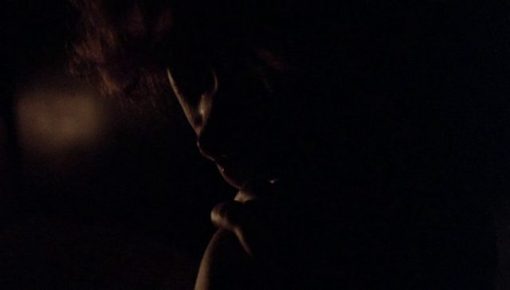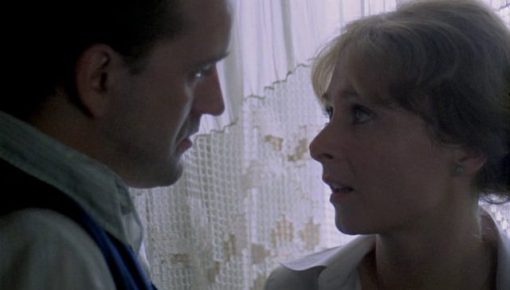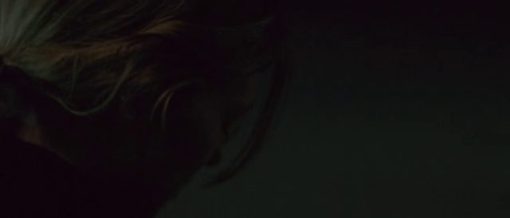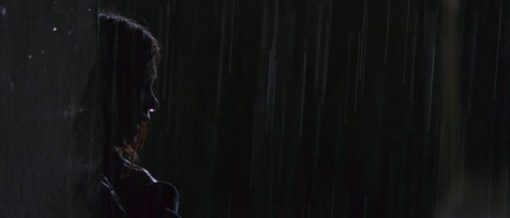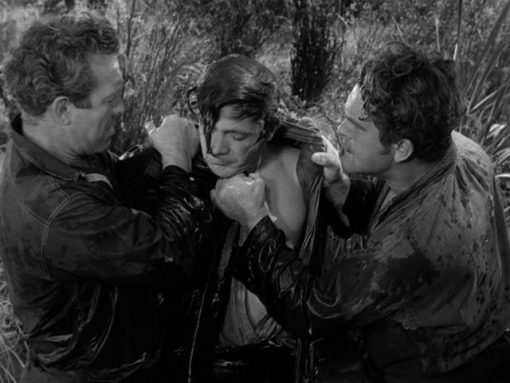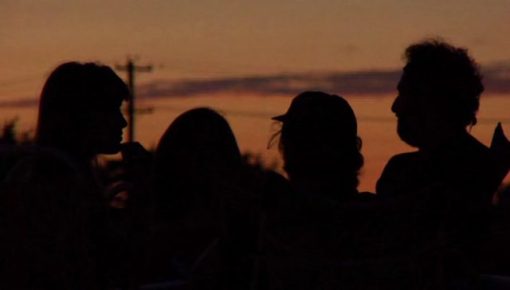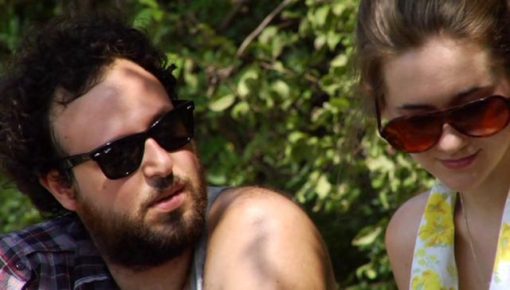Istvan Szabo’s name is usually linked with Mephisto, his Oscar winning film which remains to this day, the only Hungarian film to boast such a claim. His filmography is fairly extensive, though, beginning in 1964 and continuing to this day. I’ve seen three films from him now and no two have any overwhelming similarities. Lovefilm, made in 1970 is a love story (duh) fractured by kaleidoscopic editing. Father from 1966 is a more straightforward piece, with arty touches that would anticipate the later film. Neither resemble 1980’s Bizalom though, a political romance that manages to take place almost exclusively in one room, but still manages to avoid feeling theatrical.
Kata returns home to find her home has been invaded, she is given instructions to begin a new life in hiding from the Nazis and is forced to live in a rather dreary room with Janos, who never reveals his real name. The two are forced to feign a relationship as husband and wife. Despite the fact that both are married this eventually boils over unto a real relationship. One which is hindered by the inability of either individual to communicate truthfully, as they must be cautious of the Nazi sympathizers living in their building.
Szabo uses the nervous energy from the tight compositions to his advantage. At no point does his film feels like it is shifting to a thriller but there is a constant reminder that the false construct Janos and Kata have created can dissolve at any time. Additionally, there is all the psychological weight that comes from the fact that both have been displaced from their real families and they are never able to talk about their frustration about that since they’re both paranoid about the elderly couple that lives in their building. It’s easy to see how the film could become too heavy but it’s not terribly pressing. There are shades of Cries & Whispers but the lack of philosophical dialogue makes it a much easier viewing, even if there is a similar kind of tension in the images.
One of the most crucial decisions from Szabo is the lack of background he gives us. The film doesn’t bother establishing Kata’s normal life, instead it opens with her being pulled away from it. Similarly, we never learn much about the past of Janos. Hell, we never even learn his name. There is a fairly impressive montage in which a sexual encounter with Kata yields images of his wife. Later, we see her reciting the letter from her that he has received. The frustration of the two is all the more palpable because the film hasn’t bothered to build up some world that is only expository. It would have been next to impossible to comprehend how jarring it is to suddenly start a new life unless Szabo wanted to make a seven hour film.
It should be mentioned that the acting is a huge contribution to making this film work. Ildikó Bánsági and Péter Andorai would continue to work with Szabo. Both appeared in Mephisto and without seeing that film, it seems like this production could have been a piece designed as a initiation for the actors and the director. That sounds like a criticism but that film was a huge undertaking. This is a deeply intimate piece that relies heavily on its two main performers. Visually stunning at times sure, but not the sort of film that needed additional crew. It’s powerful filmmaking without bells and whistles.
